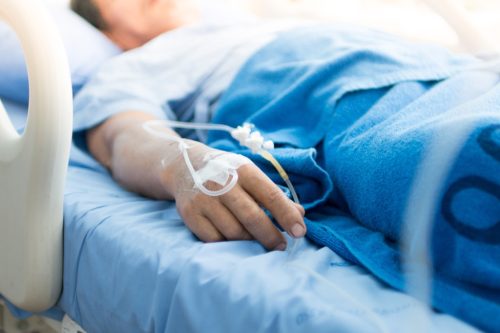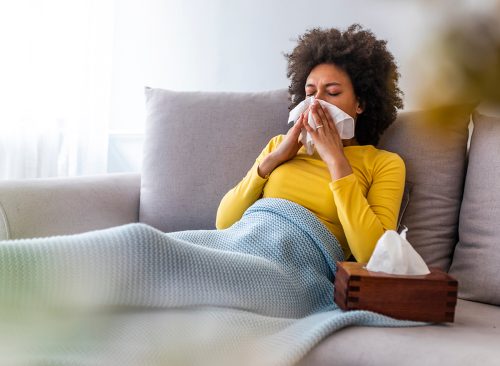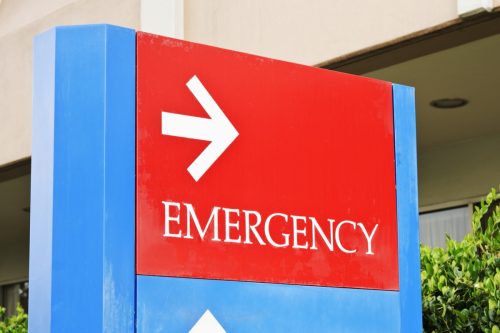I'm a Doctor and These Are 5 Ways the New COVID Variant is Different
Dana Mincer, DO, explains how the BA.2.86 variant is “not deadlier, just different”
Ever since the start of the COVID-19 pandemic, infections have slowed during the summer and picked back up again in fall and winter. It is no different this year, except that a new variant is spreading across the country. "PIrola" or "BA.2.86" is one of the latest strains. While it isn't deadlier than previous strains, it is different, explains Dana Mincer, DO, a Philadelphia family practice and urgent care physician. Read on to learn what you need to know to protect yourself and your loved ones from the new COVID-19 variant.

In her latest newsletter, Dr. Mincer starts by explaining the nature of viruses like SARS-CoV-2 that are prone to mutations as they replicate in the human body. "These mutations can lead to the emergence of new variants. It's important to note that not all variants are cause for alarm. In fact, most variants do not significantly alter the virus's behavior or impact on humans," she says.

One of the most recent variants of concern is often referred to as PIrola or BA.2.86. "It's a highly mutating variant of Omicron – it has more than 30 mutations. Concerns initially arose due to the number of mutations," Dr. Mincer says.

The good news is, "early data and research have not indicated that Pirola or BA.2.86 is causing more severe illness than other variants that came before it," Dr. Mincer reveals. "Whether attributable to prior vaccination or simply prior exposure or infection, it remains evident that our immunity still is working to prevent severe illness in most."

Symptoms are pretty standard, according to Dr. Mincer. "Several studies and real-world observations suggest that people infected with the Pirola variant are experiencing symptoms similar in severity to those caused by earlier variants of the virus," she says.

Common symptoms include fever, cough, loss of taste or smell, fatigue, and respiratory issues, according to Dr. Mincer.

Great news about the variant: "Hospitalization rates and mortality rates do not appear to be significantly higher for BA.2.86 compared to previous variants," says Dr. Mincer.

Dr. Mincer, who has worked through the entire pandemic, confirms that "this new variant is causing more cases and more illness," however, symptoms tend to be mild. "Many experience flu-like illness, at most. Some simply have mild sinus symptoms," she says.

As for hospitalization due to the mutation, it is incredibly rare, according to Dr. Mincer. "I have not sent a single person to the hospital due to COVID-19 in a very, very long time," she says.
RELATED: Surprising Signs You've Already Had COVID

While it is true for most viruses that shedding is higher during times when a person shows symptoms, most viruses are also contagious before symptoms occur. The CDC is still recommending five days of quarantine from symptom onset or the day of the positive test. "If you're having sick symptoms, stay home. Listen to your body…If you're very ill with fever, aches, and fatigue, you probably need to sleep and stay in bed. If you have more mild symptoms, working from home whenever possible may be the best solution," she suggests.















